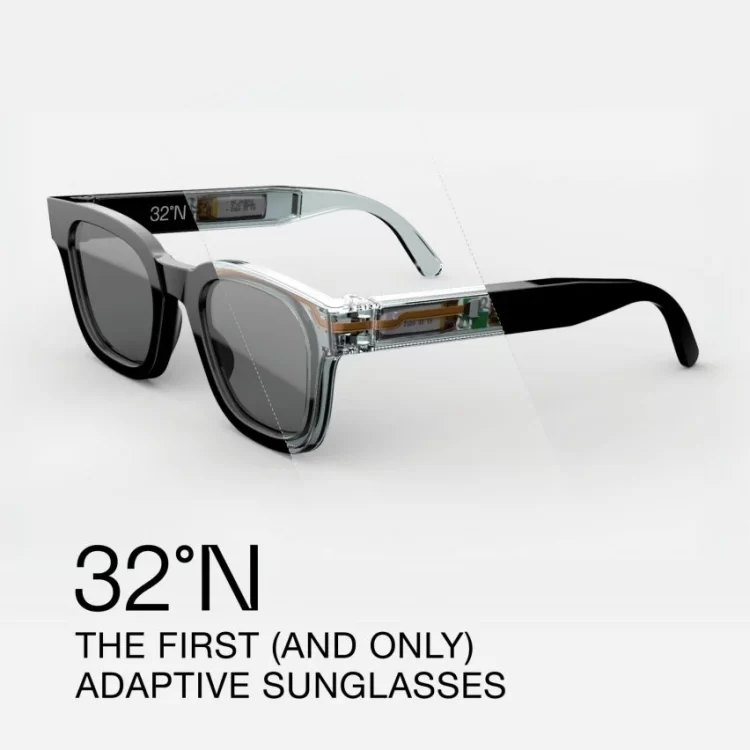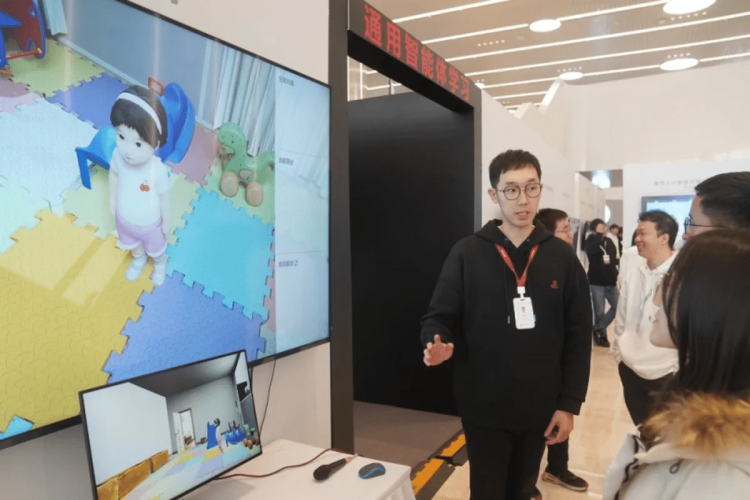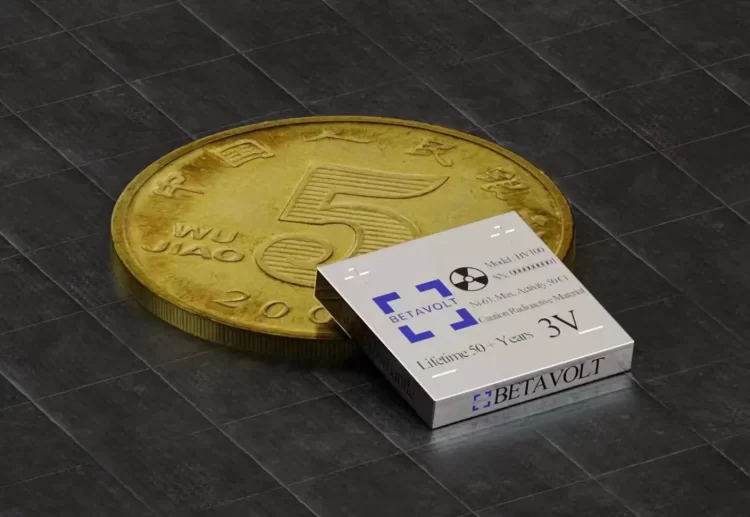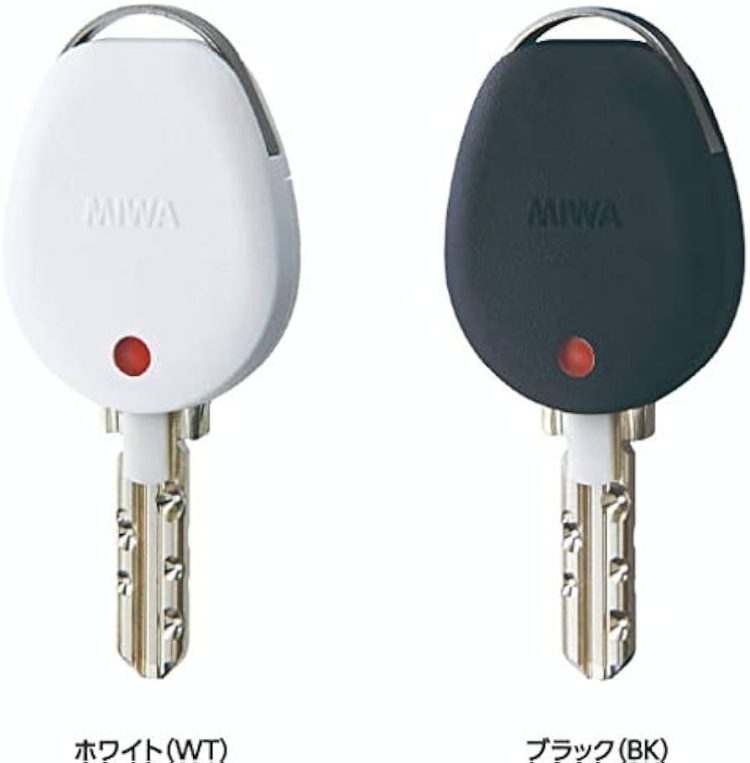In what has been described as a world first, Chinese scientists have created a 3-carat diamond exclusively out of carbon elements derived from red peonies.
The world’s first diamond made from peony-derived carbon elements was unveiled today in Luoyang, China’s Henan Province. It was donated to the Luoyang National Peony Garden by Luoyang Time Promise Co., a company that specializes in artificial diamonds. At the end of last month, the city’s peony garden agreed to supply the diamond company with the peonies necessary to create the unique diamond, including a nearly 50-year-old peony.





















